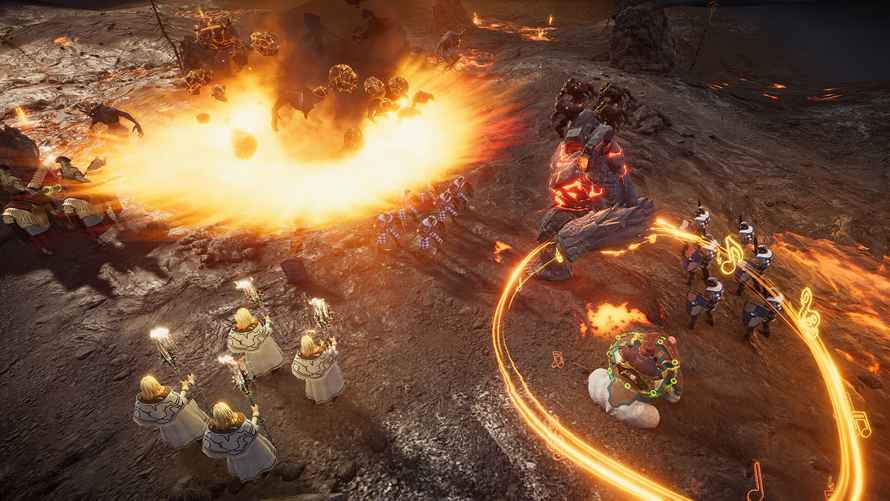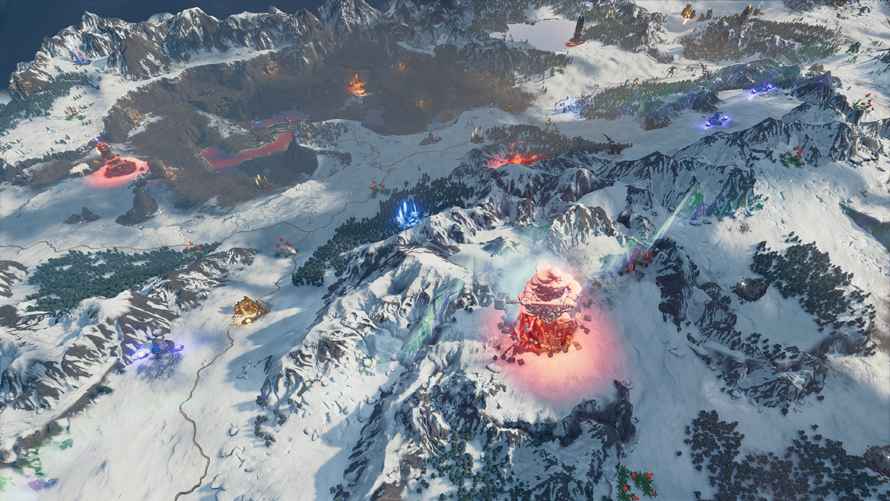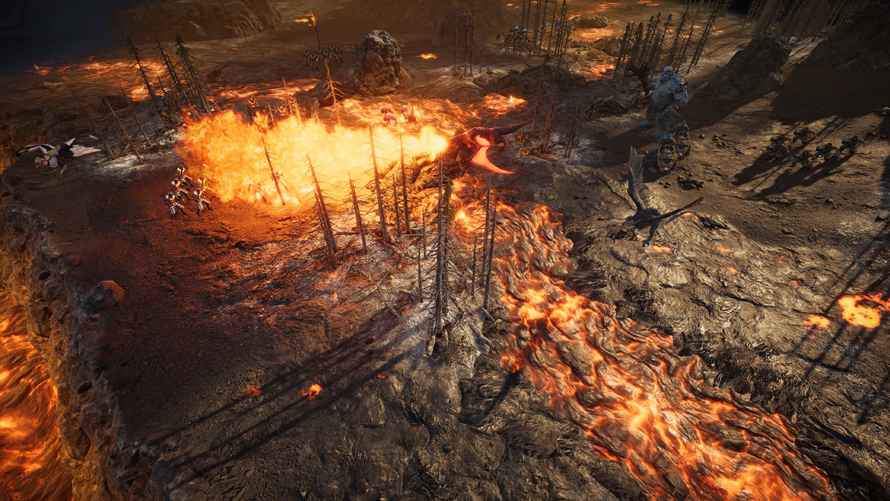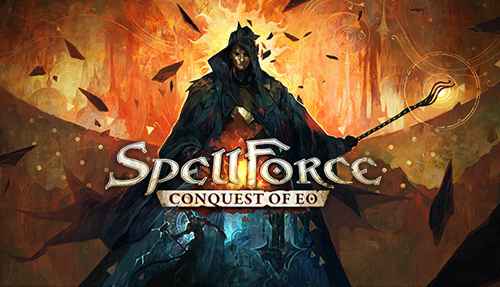Spellforce: Conquest of Eo Review
Although it has a faithful fan base, the Spellforce franchise has always flown just a little under the radar. Since the series launched in 2003, there have been over a dozen sequels, expansions, and improved editions of older games. Twenty years ago, Spellforce did something new. It was a hybrid of two, uber-popular genres at the time. It combined the base-building aspect of real-time strategy with the action of isometric RPGs. While it had nothing to do with Blizzard’s IPs, Spellforce was like a peanut butter cup of Warcraft and Diablo. With Spellforce: Conquest of Eo, the formula has changed. For the better, or not so much?
Let’s Take Turns
If you’ve played games for a while, you’ll realize that genres ascend in popularity for a spell, then all but disappear when the next hotness comes along. When the original Spellforce was released, everyone was making isometric action RPGs and RTS games. Now, it seems like just about every other game is turn-based. So, it’s maybe no surprise that for Spellforce: Conquest of Eo, the developers decided to dive into the turn-based waters as well. Games take years to make, so it isn’t like the fine folks at Owned by Gravity and THQ Nordic made a quick cash-grab. It’s more like a case of great minds think alike. Conquest of Eo is still a genre hybrid, however. It brings together a 4X-like strategic overworld map with turn-based combat.
The campaign’s narrative places the player in the role of an apprentice mage whose task is to finish the work of his master. Throughout the game, your character grows in power as you explore Eo, fight the opposing mages of The Circle, and attempt to control Allfire, an all-important magic resource. As stories go, it does what it needs to do. It’s a perfectly adequate engine for moving the game along. There’s plenty of backstory, factions with ambiguous intent, and many side missions aside from the campaign. Absent any voice acting, though, the narrative tends to fade into the background.

Rich Resources
Where Spellforce: Conquest of Eo comes into its own is gameplay. At the strategic layer, you move your mage around the map, collecting resources, unlocking new units, and engaging in combat. Instead of a permanent home base, your mage tower is mobile. In addition to upgrading units and resting your character, the tower can help unlock new unit types if within its sphere of influence. Of course, moving the tower comes with a risk/reward equation. It costs resources to move and is vulnerable. While it isn’t a true RTS game, you can unlock new structures around your tower and home base, and you can capture and control sources of revenue as well. Conquest of Eo has three types of currency: gold, mana, and research. One of the game’s strengths is finding a balance between complexity and depth, and the economic model is a great example.
You play as one of three mage types (or your own creation), including the Necromancer, Artificer, and Alchemist. The three starting mages are all different enough to warrant multiple play-throughs. Given the opportunity, I’ll always pick a Necromancer type, with the ability to summon powerful armies of undead monsters. No matter which character type you select, there are dozens of new units to unlock and a dizzying array of cool powers, spells, and items. Combat is exceedingly well balanced, too, with a consistent rock-paper-scissors approach to fielding specific units and magical powers against the The Circle.

For the impatient, battles can be auto-resolved. However, Conquest of Eo’s encounters are conveniently bite-sized. Even the longest battle of attrition isn’t more than 15 minutes. More often than not, I chose to dive in and guide my troops through the fight.
Sound of Silence
Whether on the strategic map or in the thick of a battle, Conquest of Eo looks colorful and attractive. It has an engaging art style that balances detail with a stylized fantasy look. Spell effects are awesome and enemies are interestingly designed.
Sound design and music are a little disappointing, however. The lack of voice acting and pretty rudimentary audio — at least at times — feel like they come from a far-less polished game. The music, Celtic-inspired high fantasy tracks, is perfectly adequate but isn’t strong enough to exist outside the game.
Considering all its moving parts, the game’s interface is a model of clarity and precision, and it’s optimized for a controller quite well.

Different Is Good. Or Is It?
Fans of the Spellforce franchise may balk at the absence of the usual RTS/RPG mashup mechanics. Spellforce: Conquest of Eo hops on the turn-based train, but the game is every bit as engaging as earlier entries in the series. It’s just different. Even players a little fatigued by the glut of turn-based RPGs should give it a go, as the game’s combat is accessible and fun. In all honesty, I’m personally hoping the next numbered game in the franchise returns to its roots, but this change in direction has its own pleasures.
***PC code provided by the publisher for review***
The Good
- Fun hybrid mechanics
- Compact battles
- Interesting character building
The Bad
- Narrative is a little generic
- Uninspired audio
- May disappoint fans of the franchise’s mechanics

